Pluto In Combined Color

Pluto in Combined Color
What is fascinating about Pluto is how young its surface is. We can see some canyons, planes, and mountains in this image - which is an indication of a young surface. This image of Pluto was taken when the New Horizons spacecraft was only 280,000 miles away from the surface. In the image you can see features as small as 1.4 miles! Four images from New Horizons’ Long Range Reconnaissance Imager (LORRI) were combined with color data from the Ralph instrument to create this enhanced color global view.
Credit: John’s Hopkin’s APL/NASA JPL
More Posts from Samstein1012 and Others
RIP

While flying over Boston, Leonard Nimoy’s birthplace, NASA Astronaut Terry Virts pays tribute to the Star Trek star http://nbcnews.to/1AUElvf
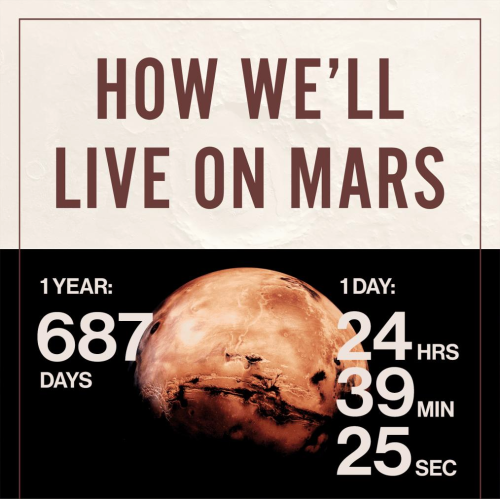
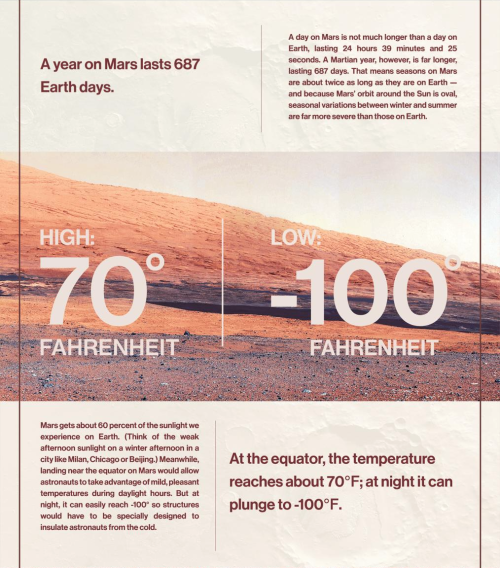
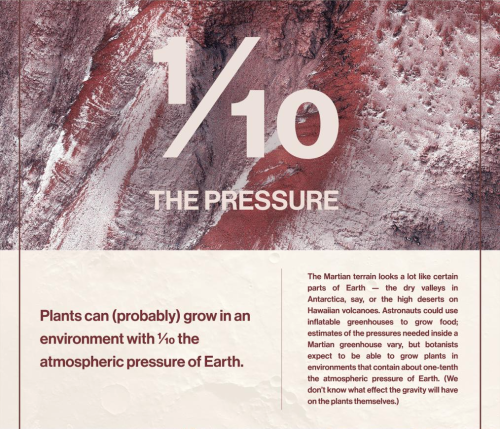
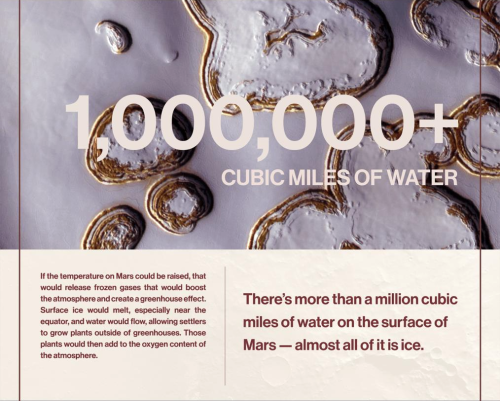
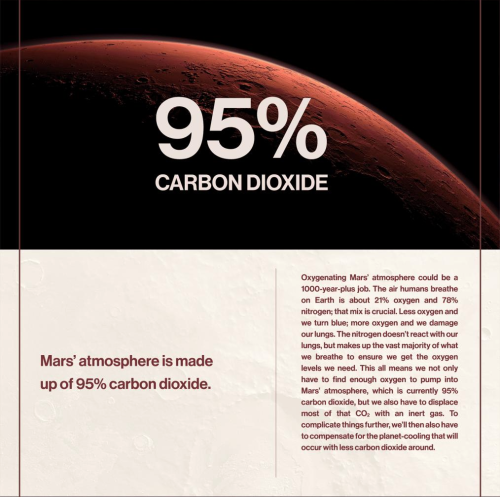
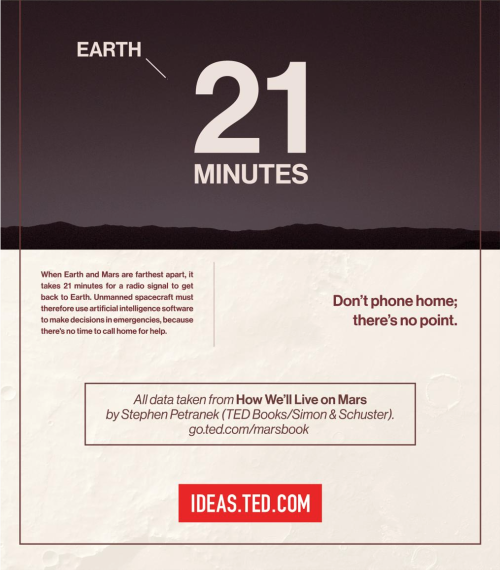
Life on Mars




There are some that fly an airplane, and there are those who become one with the air and machine. Sad news today. Bob Hoover passed away at the age of 94. A stick and rudder pilot for the ages. I met and got an autograph back in the late 1990s. A class act all the way. Mr. Hoover brought flying to an artistic level. RIP Mr. Hoover, you took to the skies, dazzling and inspiring so many. We mourn his loss, and celebrate a life.
Robert A. “Bob” Hoover (January 24, 1922 - October 25, 2016)
http://www.flyingmag.com/aviation-legend-bob-hoover-dies-at-94
Vote for Space at SXSW 2017
We need your help! There are a number of exciting space-related panels proposed for next year’s South by Southwest Interactive Festival in Austin, Texas. SXSW is a community-driven event and voting accounts for 30% of the decision-making process for any given programming slot. The selection process is extremely competitive and the more votes we submit for the space panels, the more likely a panel related to space exploration will be included in the final SXSW program.

To help you out as you consider what to vote for, we’ve put together a list of all the NASA-related panel proposals.
These proposals look at ways we explore the solar system and beyond:
New Eyes on our Home System: NASA’s Next Telescope
Dark Energy and Exoplanets: NASA’s WFIRST Mission
Capturing NASA’s James Webb Space Telescope
Lessons from the Fringes of the Solar System
Into the Unknown: The People Behind Webb Telescope
These proposals looks at how we’re using out-of-this-world tech and data to create incredible experiences here on Earth and helping solve challenges through your participation:
Space 360: Experience NASA Missions in VR/AR/video
The Power of Many: Wisdom from the Crowd
It’s Time to Ask More of Open Data
A little closer to home, this proposal explores our work to study and observe our dynamic home world, Earth:
NASA - Doing Work to Keep it Cool
We want to send humans on a journey to Mars. How? These proposals would dive into this question and more:
So you want to go to Mars?
Humans, Robots + Microbes: The Challenge of Mars
“Because They Are Hard”: NASA & Mars
Lastly, we’re proposing a meetup for NASA and the entire space community at SXSW 2017:
Space Meetup
Community voting and commenting for SXSW 2017 is open through September 2, 2016.
We look forward to seeing you in Austin in March at the SXSW Interactive Festival. Thanks!
William Shatner pictured hours after the death of Leonard Nimoy @MailOnline
Space Station Science: Biological Research

Each month, we highlight a different research topic on the International Space Station. In August, our focus is biological research. Learning how spaceflight affects living organisms will help us understand potential health risks related to humans on long duration missions, including our journey to Mars.

Cells, microbes, animals and plants are affected by microgravity, and studying the processes involved in adaptation to spaceflight increases our fundamental understanding of biological processes on Earth. Results on Earth from biological research in space include the development of new medications, improved agriculture, advancements in tissue engineering and regeneration, and more.
Take a look at a few of the biological research experiments performed on space station:
Biomolecule Sequencer

Living organisms contain DNA, and sequencing DNA is a powerful way to understand how they respond to changing environments. The Biomolecule Sequencer experiment hopes to demonstrate (for the first time) that DNA sequencing is feasible in an orbiting spacecraft. Why? A space-based DNA sequencer could identify microbes, diagnose diseases and understand crew member health, and potentially help detect DNA- based life elsewhere in the solar system.
Ant-stronauts

Yes, ant-stronauts…as in ants in space. These types of studies provide insights into how ants answer collective search problems. Watching how the colony adapts as a unit in the quest for resources in extreme environments, like space, provides data that can be used to build algorithms with varied applications. Understanding how ants search in different conditions could have applications for robotics.
TAGES

The TAGES experiment (Transgenic Arabidopsis Gene Expression System) looks to see how microgravity impacts the growth of plant roots. Fluorescent markers placed on the plant’s genes allow scientists to study root development of Arabidopsis (a cress plant) grown on the space station. Evidence shows that directional light in microgravity skews root growth to the right, rather than straight down from the light source. Root growth patters on station mimic that of plants grown at at 45% degree angle on Earth. Space flight appears to slow the rate of the plant’s early growth as well.
Heart Cells

Spaceflight can cause a suite of negative health effects, which become more problematic as crew members stay in orbit for long periods of time. Effects of Microgravity on Stem Cell-Derived Cardiomycytes (Heart Cells) studies the human heart, specifically how heart muscle tissue contracts, grows and changes in microgravity. Understanding how heart muscle cells change in space improves efforts for studying disease, screening drugs and conducting cell replacement therapy for future space missions.
Medaka Fish

Chew on these results…Jaw bones of Japanese Medaka fish in microgravity show decreased mineral density and increased volume of osteoclasts, cells that break down bone tissue. Results from this study improve our understanding of the mechanisms behind bone density and organ tissue changes in space.
These experiments, and many others, emphasize the importance of biological research on the space station. Understanding the potential health effects for crew members in microgravity will help us develop preventatives and countermeasures.
Make sure to follow us on Tumblr for your regular dose of space: http://nasa.tumblr.com

What strange world is this? Earth. In the foreground of the featured image are thePinnacles, unusual rock spires in Nambung National Park in Western Australia. Made of ancient sea shells (limestone), how these human-sizedpicturesque spires formed remains unknown. In the background, just past the end of the central Pinnacle, is a bright crescent Moon. The eerie glow around the Moon is mostly zodiacal light, sunlight reflected by dust grains orbiting between the planets in the Solar System. Arching across the top is the central band of our Milky Way Galaxy. Many famous stars and nebula are also visible in the background night sky. The featured 29-panel panorama was taken and composed last September after detailed planning that involved the Moon, the rock spires, and their corresponding shadows. Even so, the strong zodiacal light was a pleasant surprise. Image Credit: Michael Goh
LIVE LONG AND PROSPER.....

I met her when I was 10 days old, and him in kindergarten. Now they’re married and I’m the happiest maid of honor ever. Congratulations @britmaack and Ben!

Explanation: Big, beautiful spiral galaxy NGC 7331 is often touted as an analog to our ownMilky Way. About 50 million light-years distant in the northern constellation Pegasus, NGC 7331 was recognized early on as a spiral nebulaand is actually one of the brighter galaxies notincluded in Charles Messier''s famous 18th century catalog. Since the galaxy''s disk is inclined to our line-of-sight, long telescopic exposures often result in an image that evokes a strong sense of depth. The effect is further enhanced in this sharp image from a small telescope by galaxies that lie beyond the gorgeous island universe. The most prominent background galaxies are about one tenth theapparent size of NGC 7331 and so lie roughly ten times farther away. Their close alignment on the sky with NGC 7331 occurs just by chance. Seen through faint foreground dust clouds lingering above the plane of Milky Way, this visual grouping of galaxies is known as theDeer Lick Group.
-
 ohfallingstar reblogged this · 6 years ago
ohfallingstar reblogged this · 6 years ago -
 i-found-u-but-not-me reblogged this · 7 years ago
i-found-u-but-not-me reblogged this · 7 years ago -
 the-one-fixed-point-blog1 liked this · 7 years ago
the-one-fixed-point-blog1 liked this · 7 years ago -
 deangustia reblogged this · 8 years ago
deangustia reblogged this · 8 years ago -
 deangustia liked this · 8 years ago
deangustia liked this · 8 years ago -
 cassiopeacapri-blog liked this · 8 years ago
cassiopeacapri-blog liked this · 8 years ago -
 beewitched liked this · 8 years ago
beewitched liked this · 8 years ago -
 samstein1012 reblogged this · 8 years ago
samstein1012 reblogged this · 8 years ago -
 samstein1012 liked this · 8 years ago
samstein1012 liked this · 8 years ago -
 itsprobablysomeone reblogged this · 8 years ago
itsprobablysomeone reblogged this · 8 years ago -
 itsprobablysomeone liked this · 8 years ago
itsprobablysomeone liked this · 8 years ago -
 miutvan reblogged this · 8 years ago
miutvan reblogged this · 8 years ago -
 miutvan liked this · 8 years ago
miutvan liked this · 8 years ago -
 italianpoliticiangirl-blog liked this · 8 years ago
italianpoliticiangirl-blog liked this · 8 years ago -
 alfaro117 reblogged this · 8 years ago
alfaro117 reblogged this · 8 years ago -
 alfaro117 liked this · 8 years ago
alfaro117 liked this · 8 years ago -
 musictomytradegy-blog liked this · 8 years ago
musictomytradegy-blog liked this · 8 years ago -
 obcesion reblogged this · 8 years ago
obcesion reblogged this · 8 years ago -
 sonidoysilencio reblogged this · 9 years ago
sonidoysilencio reblogged this · 9 years ago -
 fymyshit reblogged this · 9 years ago
fymyshit reblogged this · 9 years ago -
 introverted-interests liked this · 9 years ago
introverted-interests liked this · 9 years ago -
 tuneum liked this · 9 years ago
tuneum liked this · 9 years ago -
 temporal-index reblogged this · 9 years ago
temporal-index reblogged this · 9 years ago -
 soupvnova liked this · 9 years ago
soupvnova liked this · 9 years ago -
 trampinc liked this · 9 years ago
trampinc liked this · 9 years ago -
 mountainjo reblogged this · 9 years ago
mountainjo reblogged this · 9 years ago -
 eternalhomes reblogged this · 9 years ago
eternalhomes reblogged this · 9 years ago -
 u-yone liked this · 9 years ago
u-yone liked this · 9 years ago -
 prometheankit liked this · 9 years ago
prometheankit liked this · 9 years ago -
 inacityofroses reblogged this · 9 years ago
inacityofroses reblogged this · 9 years ago -
 blackcinnabon reblogged this · 9 years ago
blackcinnabon reblogged this · 9 years ago -
 monochrome-in-madness reblogged this · 9 years ago
monochrome-in-madness reblogged this · 9 years ago -
 yama-bato liked this · 9 years ago
yama-bato liked this · 9 years ago -
 miguelbristol reblogged this · 9 years ago
miguelbristol reblogged this · 9 years ago -
 chiliscommawelcometo liked this · 9 years ago
chiliscommawelcometo liked this · 9 years ago
Elon Musk,Electric Cars,MIT, Spacex, NASA, Tesla and Taylor Alison Swift
34 posts